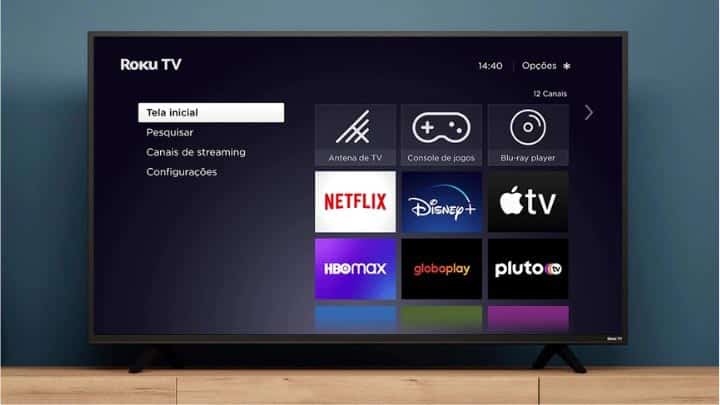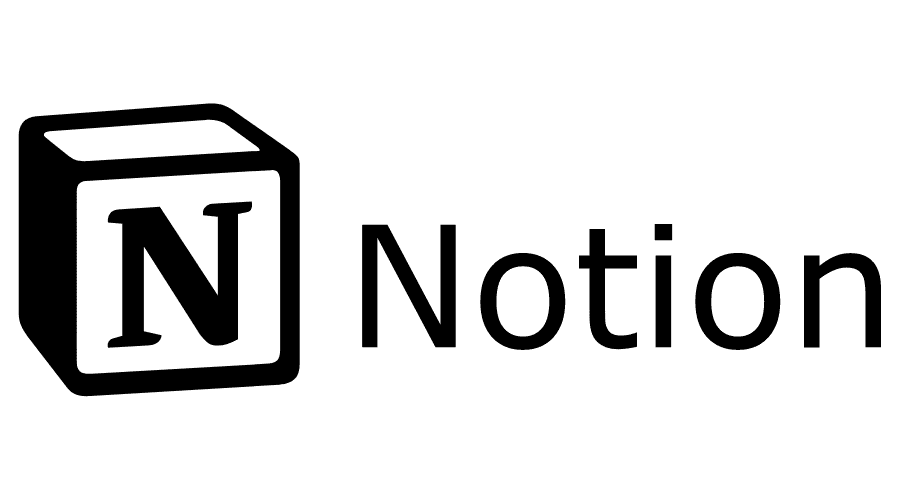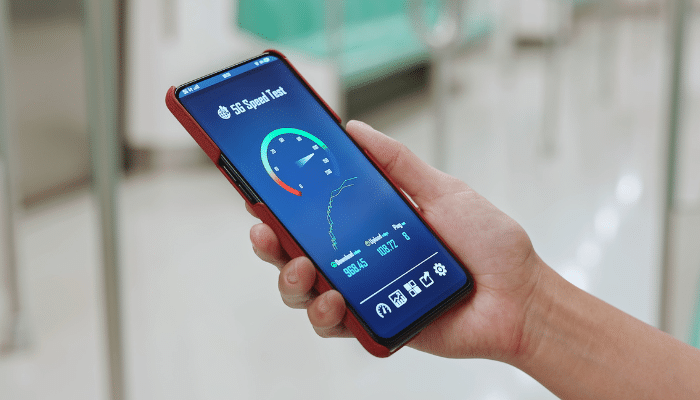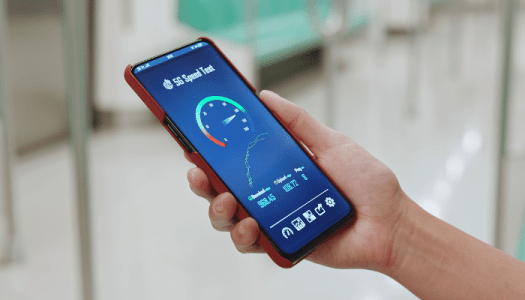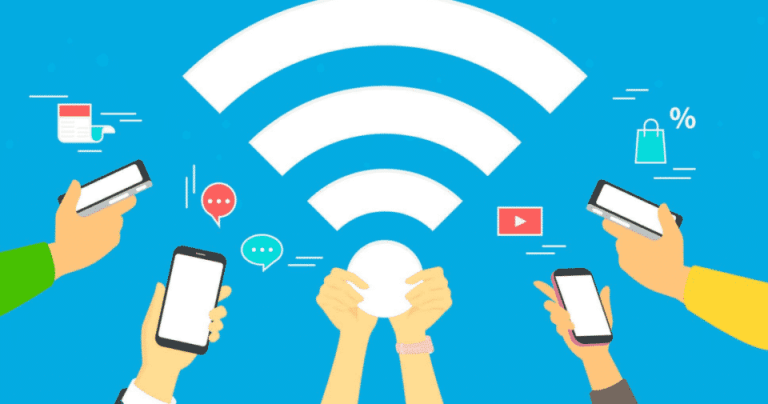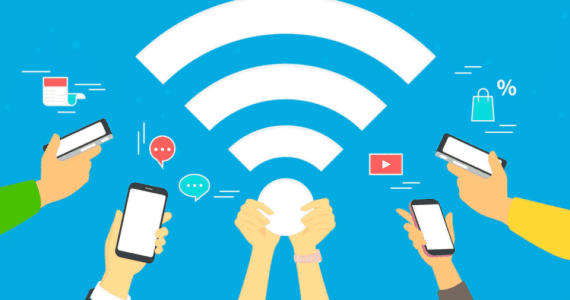
A cover letter isn’t just a formality, it’s a powerful tool for highlighting your skills and experience. In this guide, we’ll show you how to create one that impresses.
What is a cover letter?
A cover letter is a document that is usually sent along with a resume when applying for a job. Its purpose is to introduce the candidate to the employer, highlighting the candidate's main qualifications, experiences and reasons why the candidate is suitable for the desired position. Unlike a resume, which is more structured and focused on experiences and skills, a cover letter allows the candidate to express themselves in a more personal and direct way.
Why is a cover letter important?
The cover letter is important for several reasons:
- Personalization: While a resume tends to be more formal and structured, a cover letter allows the candidate to personalize their approach, showing what makes them unique and why they would be a good fit for the company.
- First Impression: The cover letter is often the first contact an employer has with a candidate. A good cover letter can pique the employer's interest and encourage them to look at the resume more closely.
- Highlight qualifications: The cover letter allows the candidate to highlight certain qualifications or experiences that are particularly relevant to the position, but which may not be immediately apparent on the resume.
- Show Interest: First, a well-written cover letter demonstrates that the candidate has done their research on the company and is genuinely interested in the position.
- Written Communication: Additionally, the cover letter provides the employer with a sample of the candidate's written communication skills, skills that are essential in many roles.
- Filling the Gaps: On the other hand, if there are gaps in someone's resume, such as an employment gap, the cover letter presents an excellent opportunity to clarify such situations.
- Culture and Personality: Ultimately, the letter can give the employer insight into the candidate's personality and offer insights into how the candidate can integrate harmoniously into the company culture.
Steps to create an effective cover letter:
To create an effective cover letter, follow these steps:
Research the company:
Before you start writing, do some research on the company you’re applying to. This will help you personalize your letter and show that you have a genuine interest in the organization.
Clear header:
Start with your name, address, phone number, and email address at the top of the page. If this is a physical letter, include the date and company address as well.
Specific greeting:
Avoid generic greetings such as “Dear Sir/Madam.” If possible, find out the name of the person responsible for the selection process and address the letter directly to that person.
Attractive Introduction:
Start with an attention-grabbing introduction, briefly explaining who you are and the position you are applying for.
Highlight your relevant skills and experiences:
In the body of the letter, highlight the skills and experiences that are most relevant to the position. Use concrete examples that demonstrate your accomplishments and how they align with what the company is looking for.
Show enthusiasm:
Demonstrate your passion for the position and the company. This shows the employer that you are genuinely interested and motivated.
Connect with the company culture:
If you know anything about the company culture or its values, mention how you align with or would contribute to that culture.
Finalization:
In conclusion, reaffirm your interest in the position, thank them for their consideration, and indicate your availability for an interview or to provide additional information.
Review and correct:
Before sending, carefully proofread your cover letter, checking for grammatical and spelling errors. If possible, ask someone else to read it and give you feedback.
Professional format:
Keep the letter concise (usually one page is sufficient) and use a professional format and font. So if you are sending the letter via email, make sure the subject line of the email is clear and relevant.
Call to action:
Clearly state what you expect to happen next, whether it's an interview, a meeting, or another form of follow-up.
Signature:
If you are sending a printed version, sign the letter by hand below the closing. If you are sending it digitally, sign it with your full name.
Finally, with a well-written cover letter, your chances of making a good impression and advancing in the selection process increase significantly. So, dedicate time and effort to this document. As a result, you will reap the rewards of a successful application.
See too:




